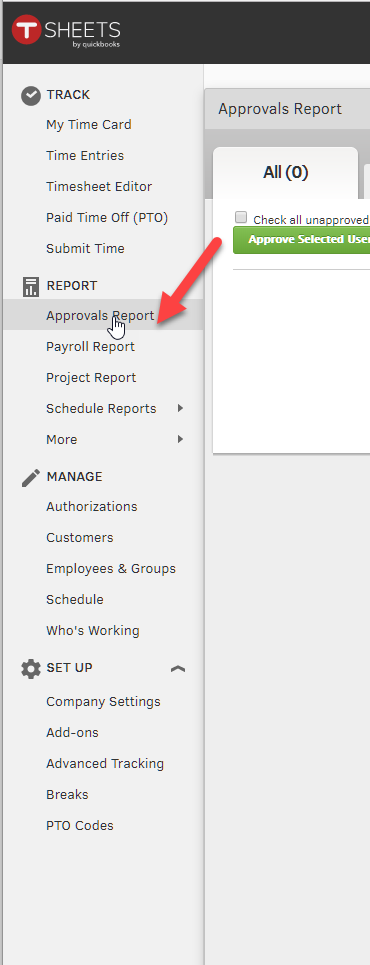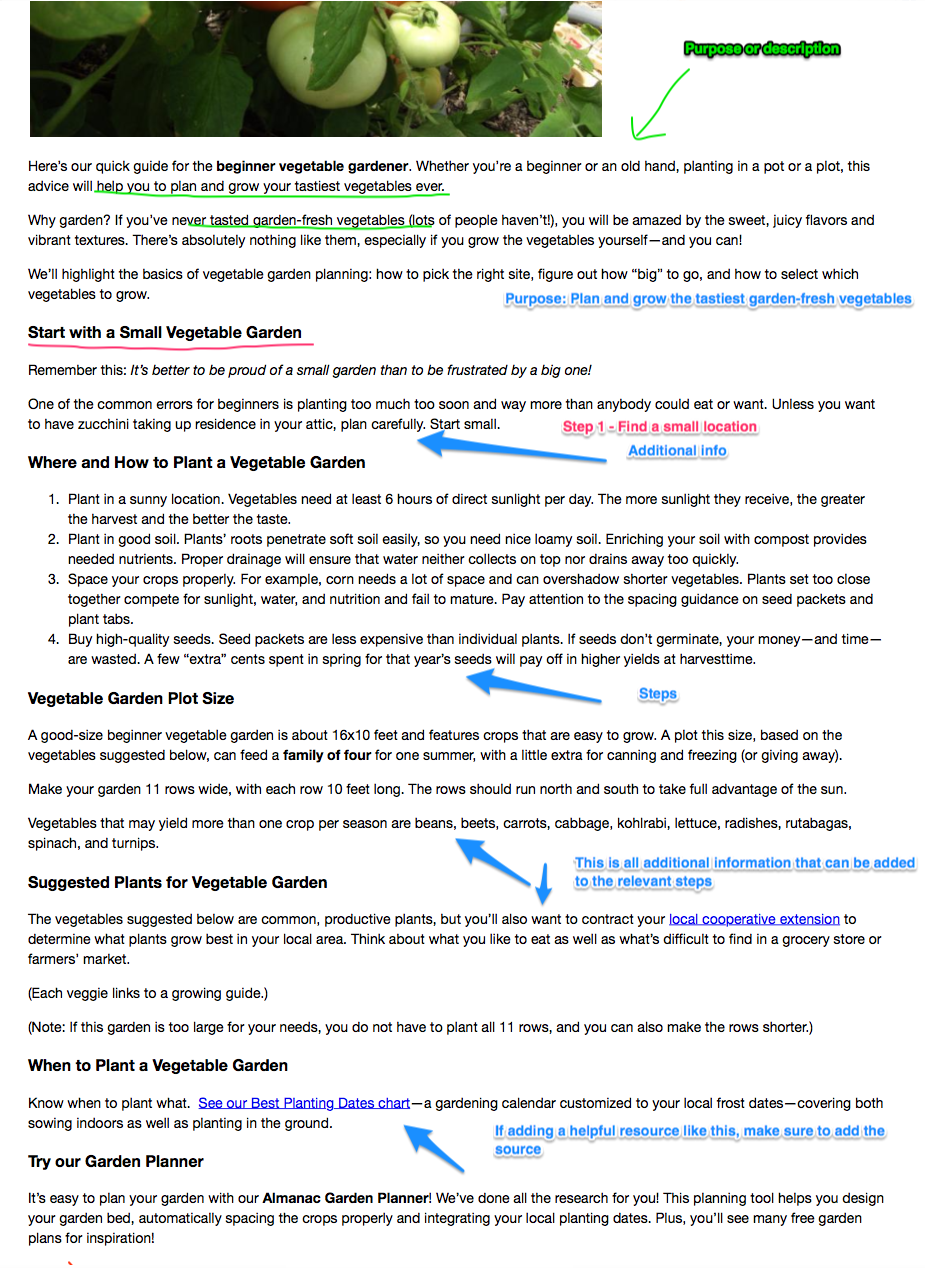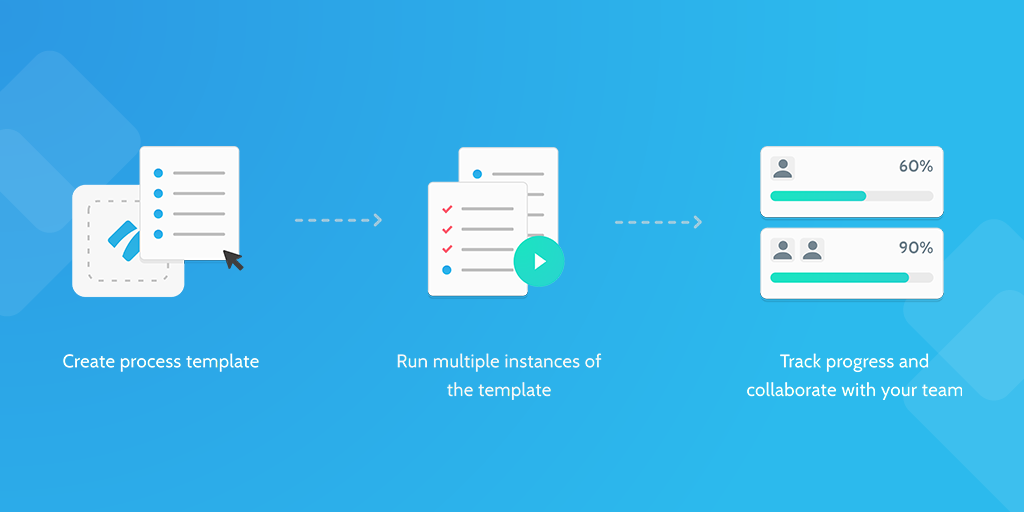So, you’ve got a great new hire. You want to keep them, don’t you? Of course, you do, think of the money it costs to replace unhappy employees. The best way to keep new hires is to have a great plan. We’re talking about a long-term strategy, not just a first-day meet and greet. We’re also talking about acknowledging feedback from new hires.
With the workflow below, you can check off all the tasks involved in bringing your new hire up to speed. You can also make them comfortable. With the correct destination and the route to get there, you can avoid new hire unhappiness. You can mark off, along the way, the first 30, 60, and 90 days for your new hire.
Included are tips to motivate the new hire to stay. This is accomplished by valuing your new employee from day one.
With a checklist workflow, you’ll save money by avoiding negative emotions in the new hire such as:
- Feeling like everyone forgot they were coming
- Not knowing who they should ask for help
- Being frustrated as they don’t have the right passwords
- Thinking their opinions don’t count
Process Street specializes in effective workflows that save time and money. Please make your way through the following to ease your onboarding journey.






